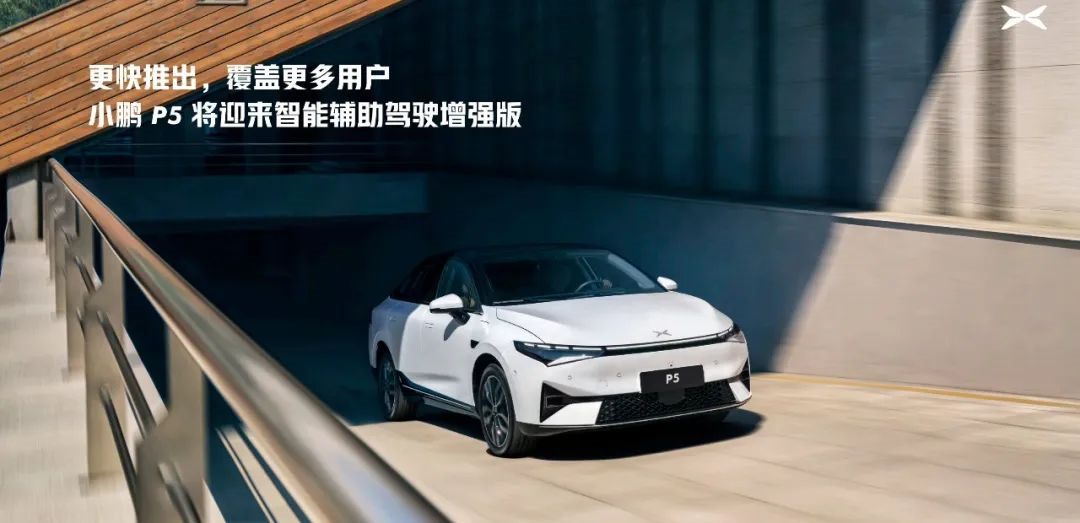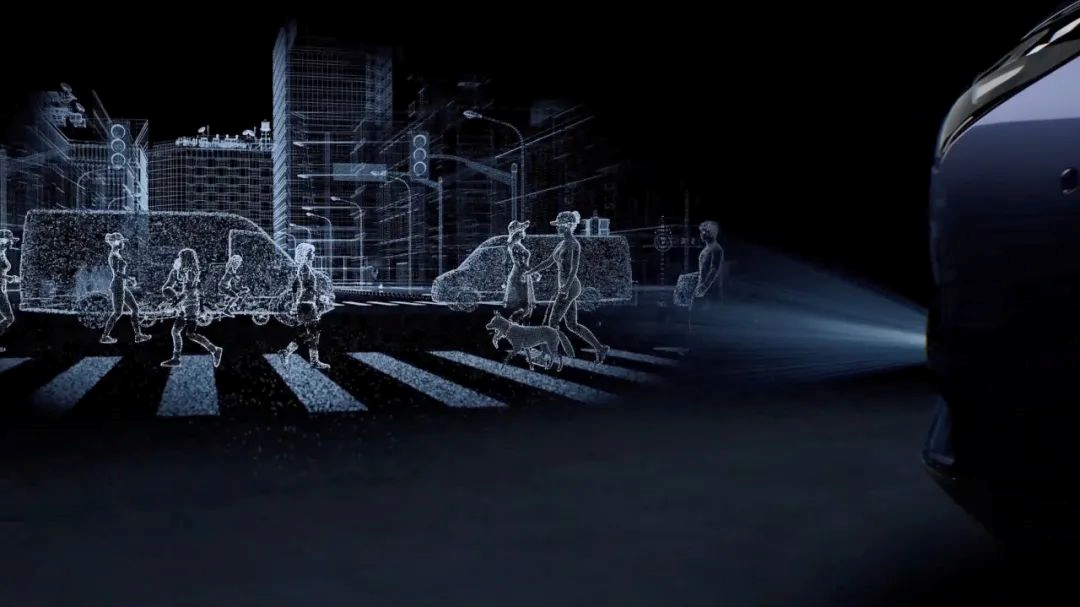Enhanced version is really strong!
Written by CH_Chen Han
This video is 6 minutes long, click the play button below to watch.
Two years ago, XPeng Motors founder and CEO He XPeng and Tesla CEO Elon Musk had a sharp “interaction” on the Internet. At that time, He XPeng responded unceremoniously:
“It seems that someone in the west was very unhappy with our release yesterday, which includes the XPeng next-generation autonomous driving architecture with a lidar, and kept making noises with pigu. What I want to say is that rumors have long been proven unable to beat any competitor. Next year, you should prepare to be blown away by us in China’s autonomous driving, and as for international, we will meet.”
In fact, He XPeng did not rely on unscrupulous tactics to surpass his competitors. In early last year, XPeng’s high-speed NGP did indeed perform better than Tesla’s NOA, which seriously lacked localized tuning. And this year, while Tesla’s FSD beta version continues to be tested in the United States, XPeng’s P5, equipped with lidar, is also quietly holding back a big move.
Recently, XPeng has brought us an appetizer before the big move – the enhanced version of ACC, LCC and high-speed NGP.
A couple of days ago, I got a sneak peek at the new version of ACC and LCC on XPeng Motors’ P5. It should be noted that this enhanced version is only available on the “P” version of XPeng P5, which is equipped with lidar, because it needs to rely on lidar to deal with more complex road conditions and achieve more functions.
Specifically, there are eight points of summary for the functional improvements:1. Smoother following, gentler acceleration and braking. As put by other passengers on the test drive day, “it’s even more comfortable than a chauffeured car”.
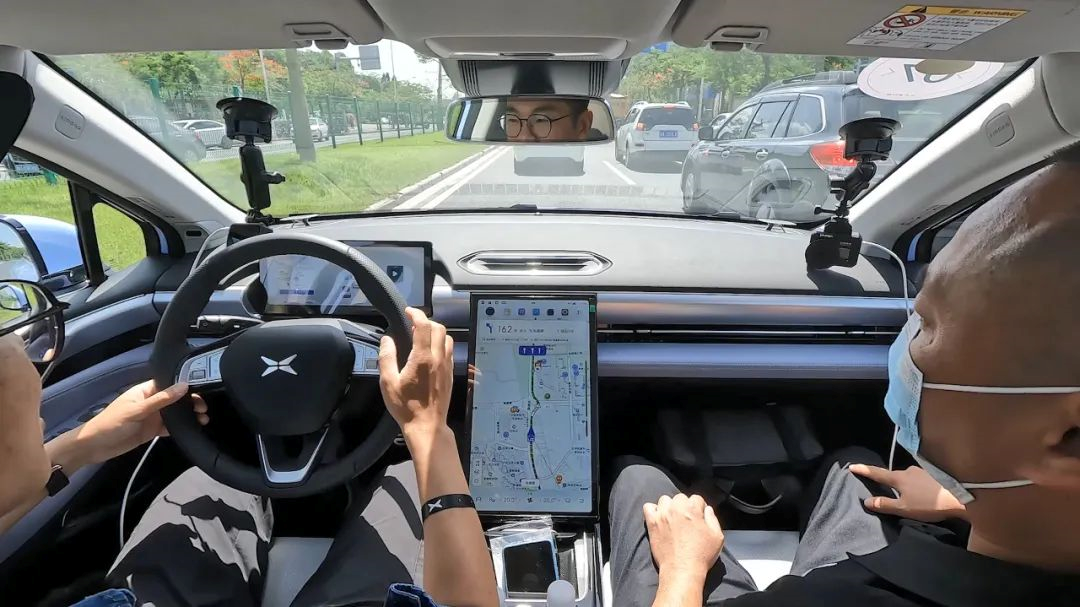
- Greatly improved lane keeping capability, allowing for passing through curves, cloverleaf interchanges, right-turn-only lanes, and S-turns.
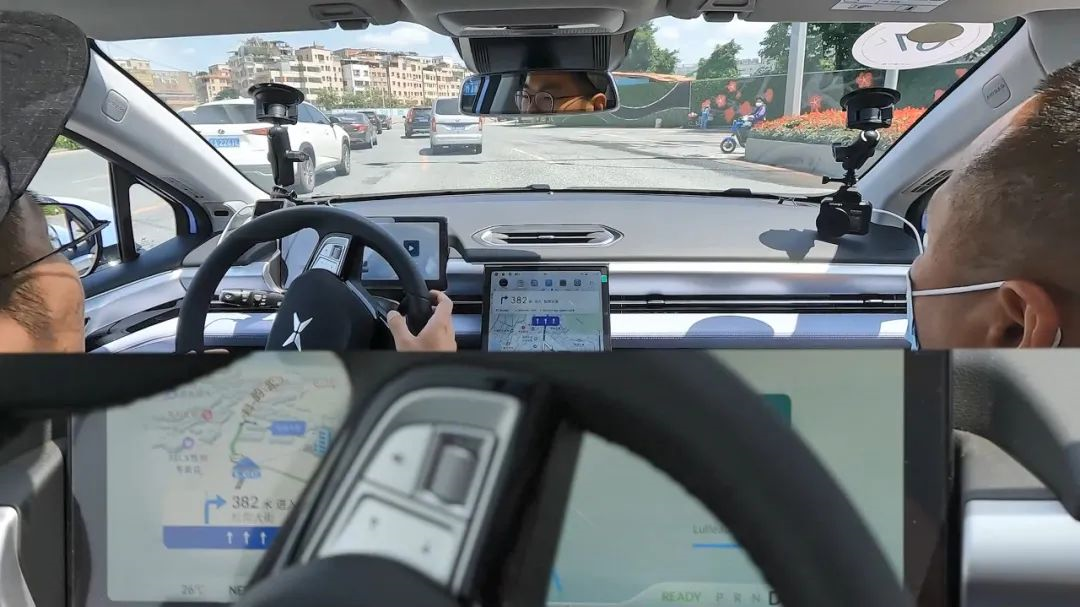
- Quick turn signal response, even when switching lanes at a moderate speed, making it feel like the car is being driven by an experienced driver.
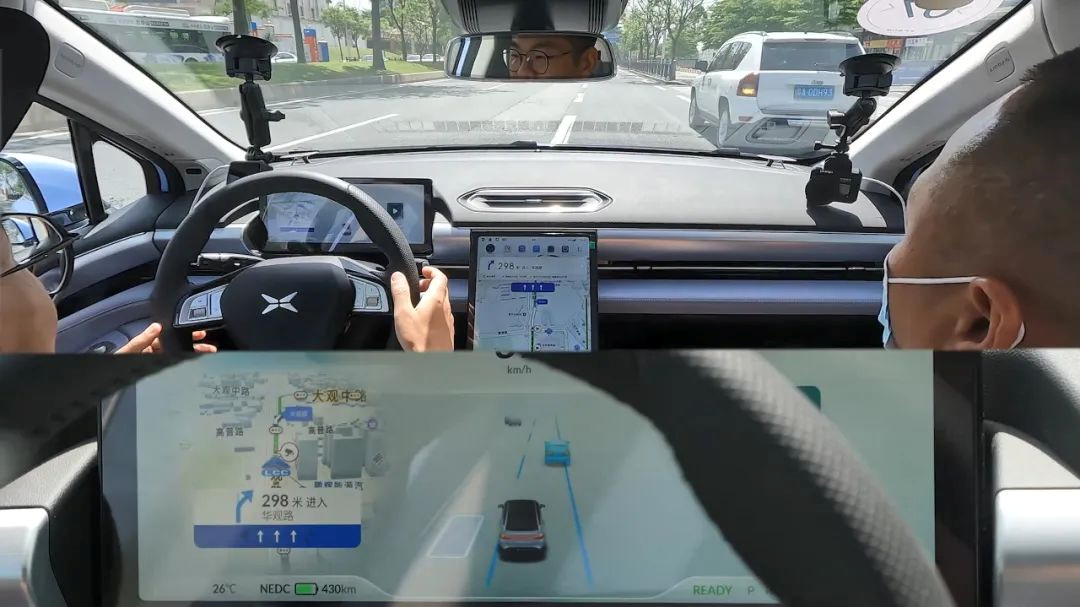
- More sensitive perception of vehicles ahead and in adjacent lanes, with advanced anticipation of their intentions, making it possible to respond quickly to sudden lane changes.
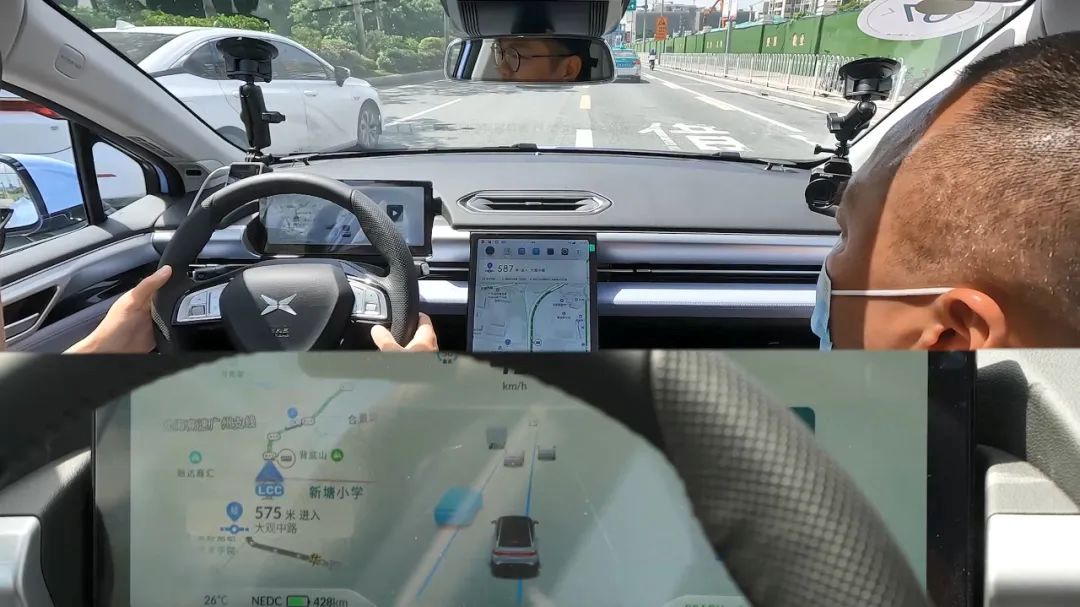
- Active evasion capability. During the test drive, the car was confronted with a situation where it had to change lanes due to construction in a tunnel. P5 followed the path set by the previous car, turned on the left turn signal during the maneuver, and finally merged onto the only available left lane, effectively crossing the solid line marking within the tunnel. The operation was almost indistinguishable from that of a human driver, demonstrating remarkable performance.
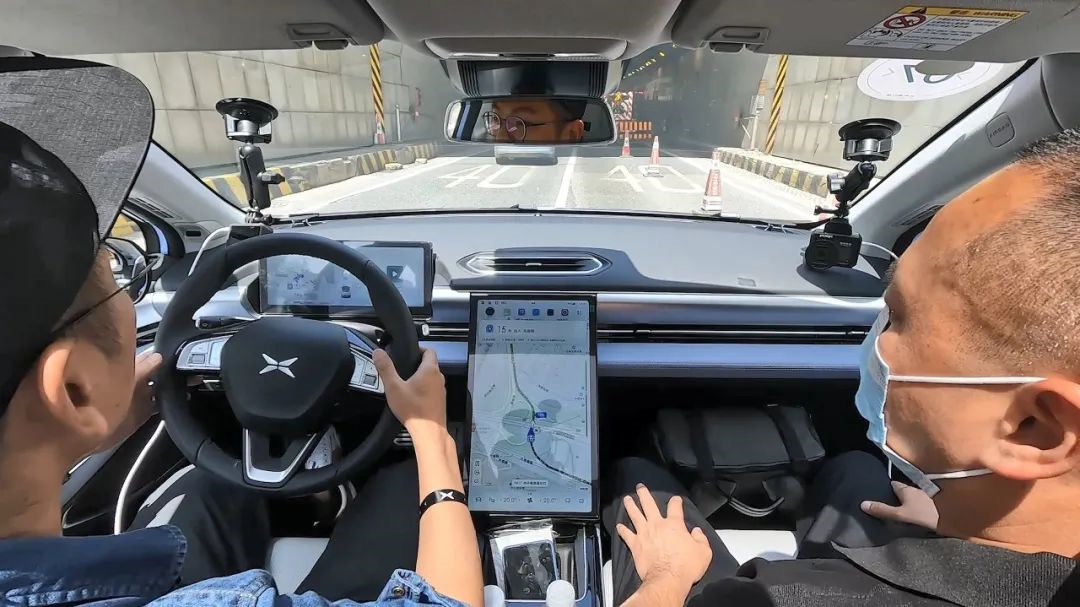
- Significantly enhanced ability to follow cars without lane markings. As long as there is a car in front, the car can follow it without relying on lane markers. When the lane markings reappear, it quickly resumes the decision-making logic for following the markings.
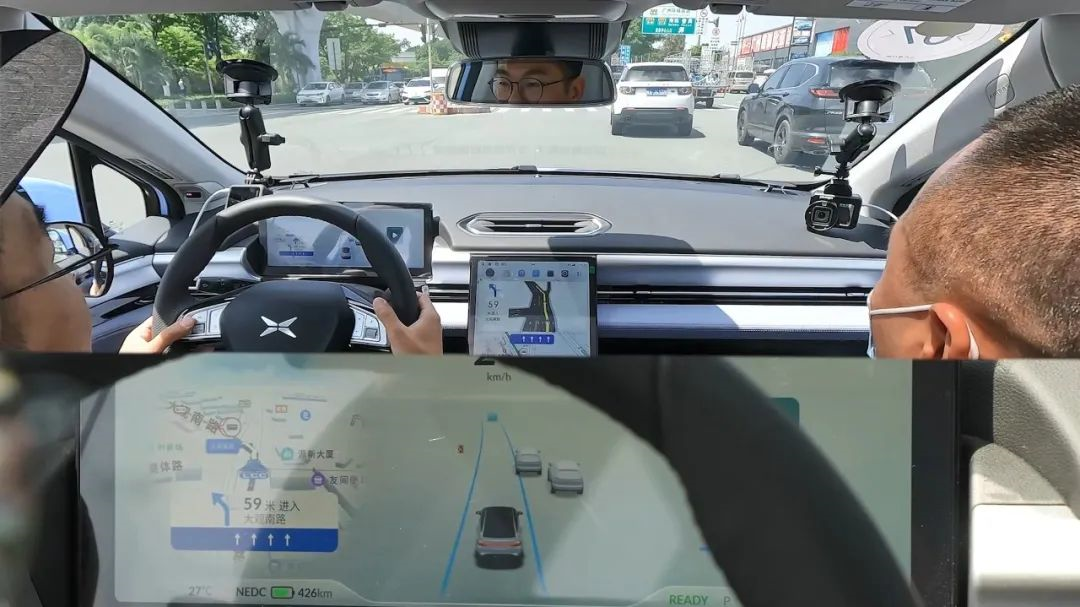
- Added red light recognition, with a dashboard and small P alert when there is a red light ahead while driving.
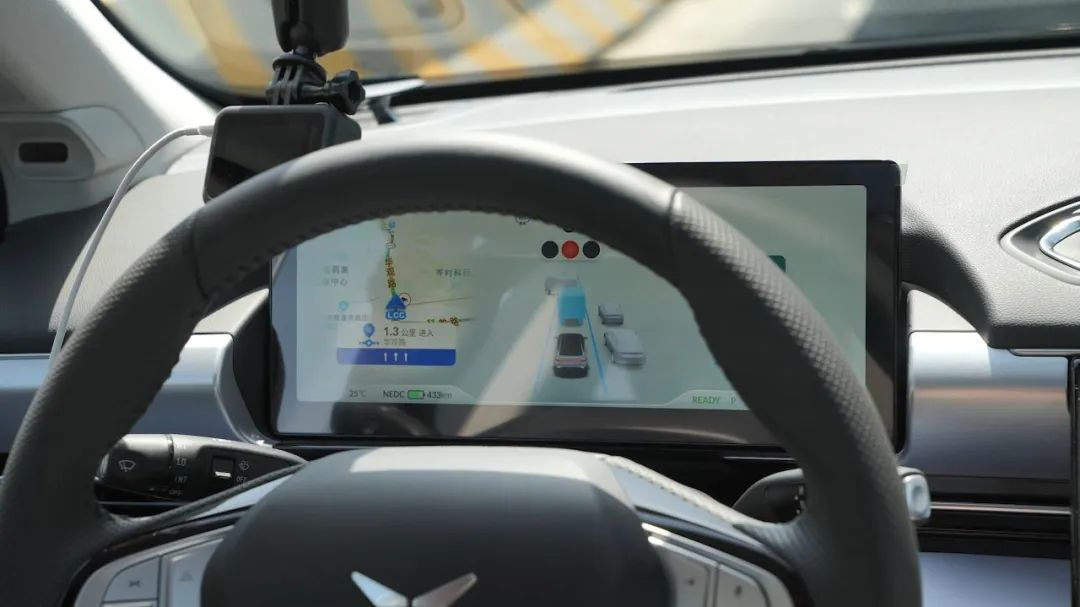
- Added turn signal and brake light recognition for leading vehicles.
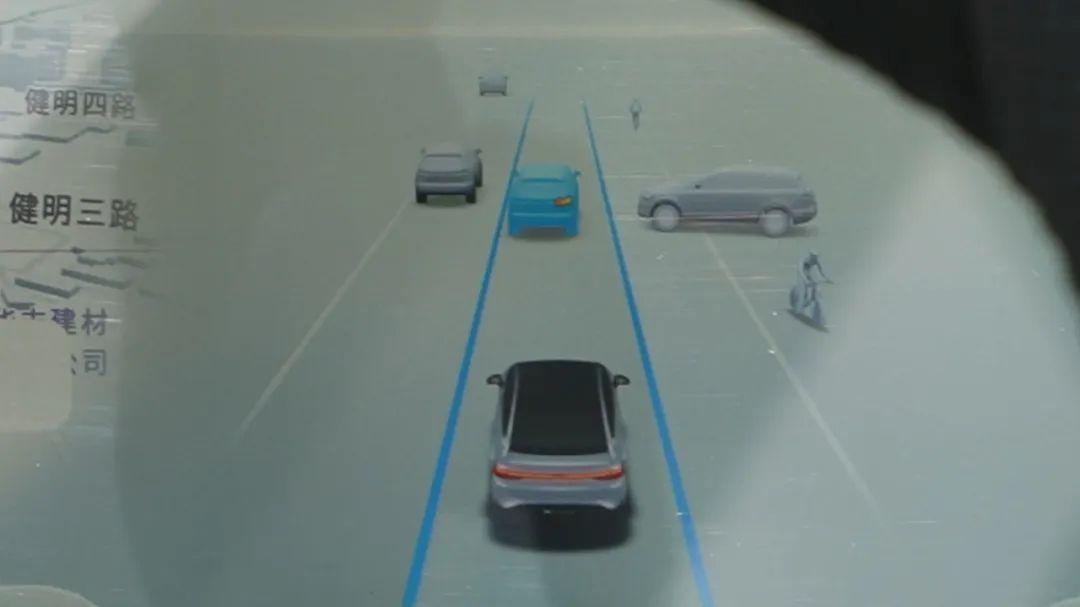 Please be reminded that although the enhanced-assist driving function of the XPeng P5 has demonstrated strong capabilities and achieved tasks that other L2-level assisted driving vehicles on the market cannot do, it is still an assistive driving function and not a fully automatic driving system! City road conditions are too complicated and there are still many scenarios where it cannot handle independently. Therefore, the driver must remain vigilant and responsible for safety.
Please be reminded that although the enhanced-assist driving function of the XPeng P5 has demonstrated strong capabilities and achieved tasks that other L2-level assisted driving vehicles on the market cannot do, it is still an assistive driving function and not a fully automatic driving system! City road conditions are too complicated and there are still many scenarios where it cannot handle independently. Therefore, the driver must remain vigilant and responsible for safety.
As an assistive driving function, safety is clearly the top priority for XPeng. For example, it can set a detour for a backed-up vehicle but hardly for pedestrians or electric bicycles. When there are pedestrians on the road, XPeng will always choose the most conservative way to handle it. I fully endorse this philosophy.
At present, XPeng has not announced the specific release date of the enhanced-assist driving function; it is expected to be released in the next OTA update of the P5. Our “Assisted Driving Test” column at the Electric Vehicle Laboratory will conduct a test on it.
As for the competition between XPeng and Tesla, there will be no losers for the time being. Because they have taken the lead in the industry, the more aggressive they become, the faster they progress, and the more benefits the industry will receive. The best way to achieve automatic driving is still unclear, whether through a pure visual solution or a solution combining lidar and visual fusion, or whether both are feasible.
However, it is certain that we are rapidly approaching the direction of automatic driving, and the complex road conditions that can be handled by assisted driving are increasing rapidly.
When will automatic driving be achieved? This year, according to Elon Musk. He said the same thing last year. What do you think?
This article is a translation by ChatGPT of a Chinese report from 42HOW. If you have any questions about it, please email bd@42how.com.
